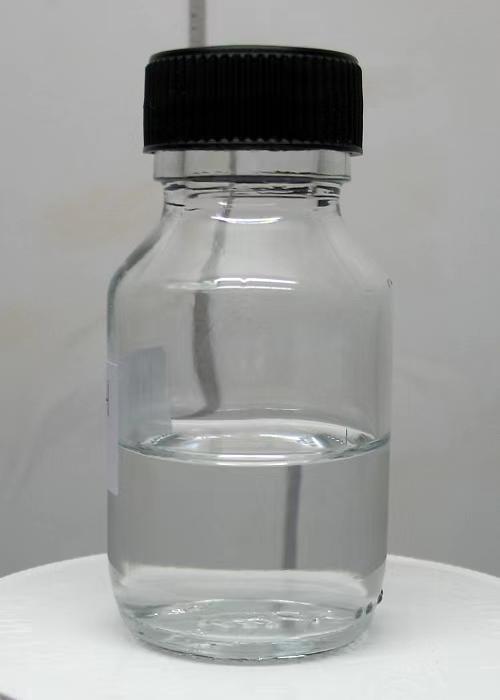



sodium hydroxide 2m msds
Safety Data Sheet (SDS) for Sodium Hydroxide 2M
Sodium hydroxide, commonly known as caustic soda or lye, is a highly versatile and widely used chemical compound in various industries. It is often encountered in a concentrated form but may be used at diluted concentrations, such as a 2M solution. Understanding the Safety Data Sheet (SDS) for Sodium Hydroxide 2M is crucial for ensuring safe handling and application in laboratory and industrial settings.
Chemical Identification and Composition
Sodium hydroxide has the chemical formula NaOH. In a 2M solution, this compound dissociates entirely in water to yield sodium ions and hydroxide ions, leading to a highly alkaline environment. Its pH is typically around 14, making it one of the strongest bases used in chemical processes.
Physical and Chemical Properties
The physical state of sodium hydroxide is solid at room temperature; however, when dissolved in water to create a 2M solution, it forms a clear, colorless liquid. It is highly soluble in water, releasing a significant amount of heat during dissolution. The relative density of a 2M sodium hydroxide solution is approximately 1.1 g/mL, and it has a boiling point of around 100°C.
Hazards Identification
Sodium hydroxide poses several health and environmental risks, making it essential to understand its hazards
. The SDS outlines the potential risks, including1. Corrosive Nature Sodium hydroxide is highly corrosive to metals and can cause severe burns upon contact with skin or eyes. 2. Health Effects Inhalation of sodium hydroxide vapors or mists may cause respiratory irritation. Ingestion can lead to severe damage to the mouth, throat, and gastrointestinal tract. 3. Environmental Impact It can be harmful to aquatic life due to its high pH levels in aquatic environments.
sodium hydroxide 2m msds

Precautionary Measures
When handling sodium hydroxide 2M, several precautionary measures should be implemented
- Personal Protective Equipment (PPE) Always wear appropriate PPE, including gloves, safety goggles or a face shield, and protective clothing. For large-scale handling, respiratory protection may be necessary. - Work Environment Ensure good ventilation in work areas where sodium hydroxide is used. Work in a fume hood or well-ventilated space to minimize inhalation exposure. - Storage Store the chemical in a tightly sealed container made of compatible materials such as glass, polyethylene, or polypropylene. Keep it out of reach of children and away from incompatible substances such as acids and organic materials.
Emergency Measures
In the case of accidental contact or exposure, prompt action is critical. The SDS recommends the following emergency measures
- Skin Contact Immediately rinse the affected area with plenty of water for at least 15 minutes. Seek medical attention if irritation persists. - Eye Contact Flush eyes with water for at least 15 minutes while holding the eyelids apart. Obtain medical assistance immediately. - Ingestion Do not induce vomiting. Rinse the mouth with water and seek medical help immediately.
Conclusion
A comprehensive understanding of the Safety Data Sheet for Sodium Hydroxide 2M is essential for anyone working with this chemical. By recognizing its hazards and employing necessary safety precautions, individuals can ensure a safe working environment while taking advantage of the many applications that sodium hydroxide offers in chemical synthesis, cleaning, and manufacturing processes. Always stay informed and prepared to handle emergencies that may arise during the use of this strong and effective alkaline compound.
-
Why Sodium Persulfate Is Everywhere NowNewsJul.07,2025
-
Why Polyacrylamide Is in High DemandNewsJul.07,2025
-
Understanding Paint Chemicals and Their ApplicationsNewsJul.07,2025
-
Smart Use Of Mining ChemicalsNewsJul.07,2025
-
Practical Uses of Potassium MonopersulfateNewsJul.07,2025
-
Agrochemicals In Real FarmingNewsJul.07,2025
-
Sodium Chlorite Hot UsesNewsJul.01,2025










